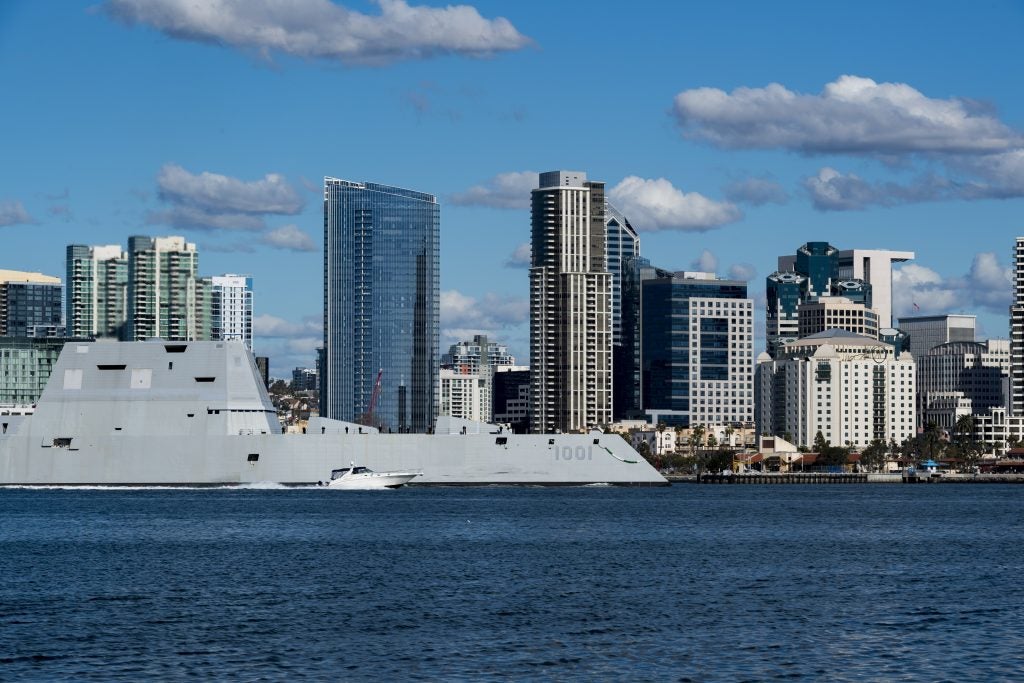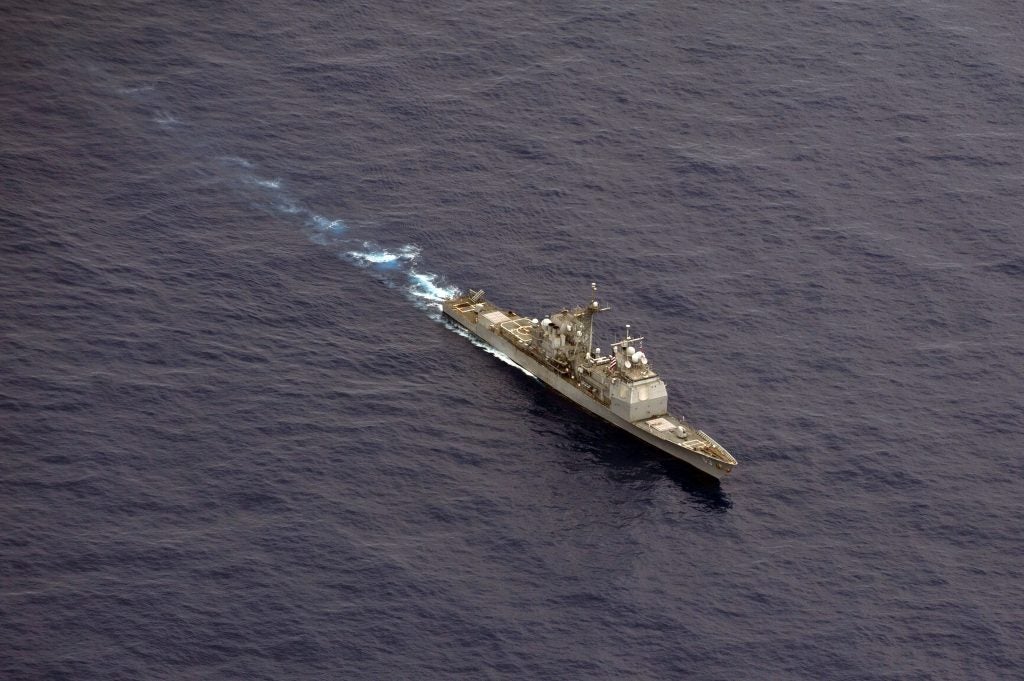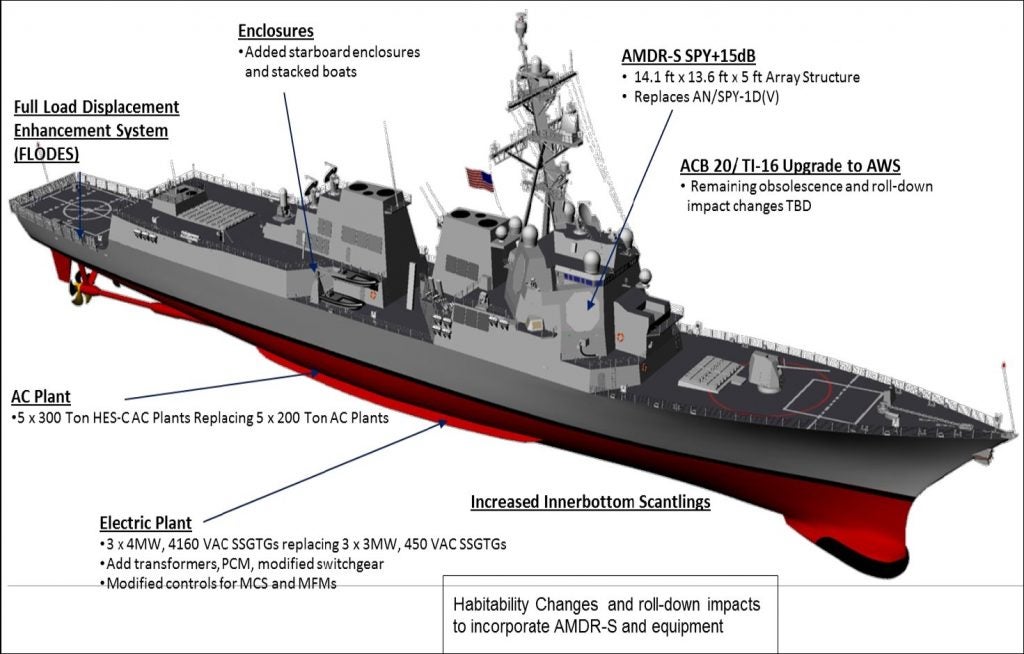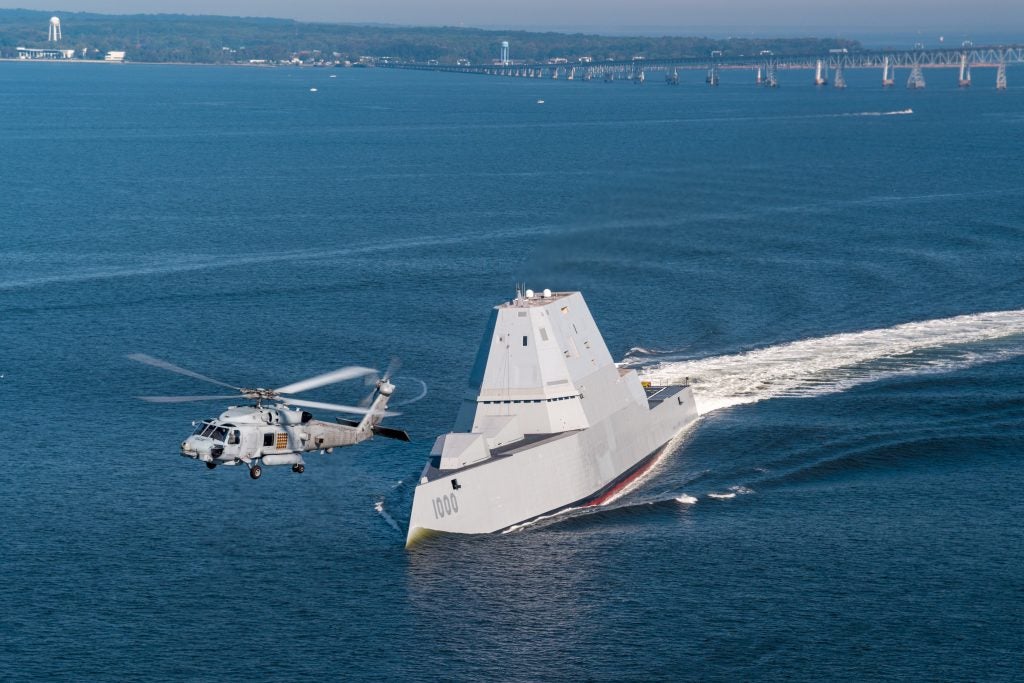US Navy Stands Up DDG(X) Program Office
On 4th June, the U.S. Navy established a Program Office for the DDG(X). PMS 460 (Program Office) falls under the PEO Ships (Program Executive Office) and was approved by the acting Secretary of the Navy for Research, Development and Acquisition. The Program Office will be headed by program manager Captain David Hart and Katherine Connelly as deputy program manager.
The program office is set to complete System Requirements Review (SRR), Conceptual Design (CT) and Preliminary Design (PD) in FY22. Detailed Design will be completed in FY26, with the start of construction planned for FY28. Industry teams from Bath Iron Works and Huntington Ingalls Industries will work with PMS 460 on the Preliminary Design effort all the way towards Detailed Design. DDG(X) program office will also leverage the expertise of PMS 320 (Electric Ships Office), the office will conduct power and propulsion system risk reduction at PMS 320’s Integrated Power & Energy Systems Test Facility(ITF) at NSWC Philadelphia.

In the past the U.S Navy has struggled to get a replacement for its current inventory of large surface combatants, programs like the DDG-1000 got drastically reduced in numbers while the CG(X) was cancelled. As the Ticonderoga class cruisers approach the end of their service lives and the Arleigh Burke Class reach the upper limit of their hull capacity for future subsystems, the Navy has gotten more serious about outlining plans for its future Large Surface Combatant.
The DDG(X) hull form and it’s capabilities have largely been kept vague as the Navy is still in the process of understanding the capabilities it wants out of the future hull. During an event with Defense One, Chief of Naval Operations, Admiral Michael Gilday mentioned some characteristics of the vessel. “I don’t want to build a monstrosity. But I need deeper magazines on ships than I have right now,” the CNO said.
The current design will likely follow a similar development path to that of the Arleigh Burke Class, where most of its technology matured on the Ticonderoga class first and was later put on Arleigh Burke hull. DDG(X) will incorporate an Integrated Propulsion System (IPS) like that of the Zumwalt class to provide enhanced power generation for future subsystems. The vessel will also incorporate current “off the shelf” subsystems in use on the latest variant of the Arleigh Burke. The SPY-6 radar and AN/SSQ-89 Undersea warfare system are the most predominant systems slated to be incorporated into the first iterations of what comes from DDG(X). In December 2020, USNI reported that the Navy had a hull form undergoing testing within the Naval Surface Warfare Center Carderock in Maryland.
The Current State of the Surface Combatant Force

As the Navy’s Cruisers are beginning to approach the end of their service lives, the Navy has tried to upgrade some of the fleet while divesting the rest. These efforts in the past drew large criticisms from Congress. In the early 2000s the Navy initiated a program to modernize 11 of the 22 Cruisers in service, the modernization effort added new open-architecture hardware and gave the vessels the latest AEGIS baseline at the time. In 2015, the Navy began the second modernization effort for the youngest 11 cruisers in service with the number later being revised down to seven Cruisers. The modernization program has seen delays due to unplanned work on the aging hulls.
After significant modifications to the Arleigh Burke hull in preparation for Flight III upgrades, majority of the newly installed power generation and cooling systems have been maxed out to support the SPY-6 radar and respective upgrades to the AEGIS Weapon System computers. Because of this bottleneck in size, weight, power and cooling capacity; future systems like directed energy weapons cannot be put on Flight IIIs without making a sacrifice elsewhere in the vessel’s subsystems. Rear Adm. Ron Boxall, director of Navy Surface Warfare said “to get a HELIOS on a DDG-51 Flight III, the Navy will have to either remove something or look at “very aggressive power management.” This is part of the calculus in the successor to the DDG-51, the Large Surface Combatant (LSC).”

Due to the size, weight, power and cost (SWaP-C) factor constraints in the Arleigh Burke hull, the Navy’s main focus for the DDG(X) is moving to a new hull with more SWAP-C capability, the recent Navy FY22 RDT&E book states: “DDG(X) will integrate non-developmental systems into a new hull design that incorporates platform flexibility and the space, weight, power and cooling (SWAP-C) to meet future combatant force capability/system requirements that are not achievable without the new hull design.” Furthermore “The DDG(X) platform will have the flexibility to rapidly and affordably upgrade to future warfighting systems when they become available as well as have improved range and fuel efficiency for increased operational flexibility and decreased demand on the logistics force.”

